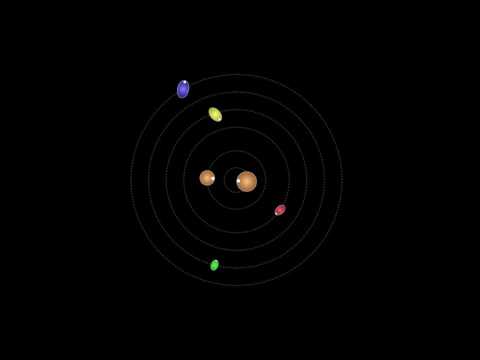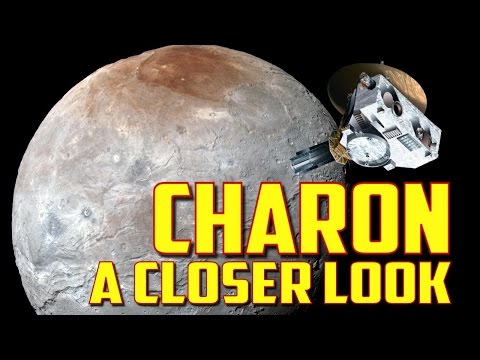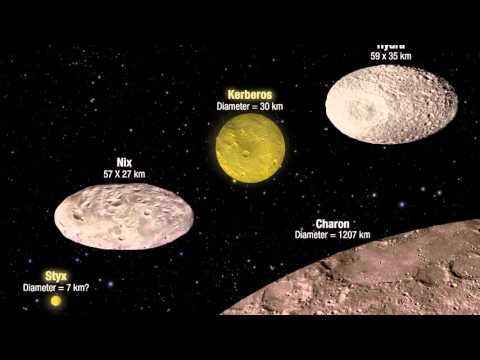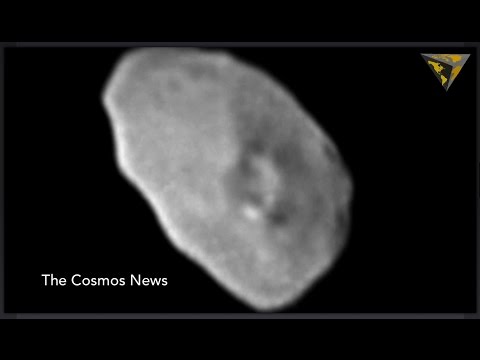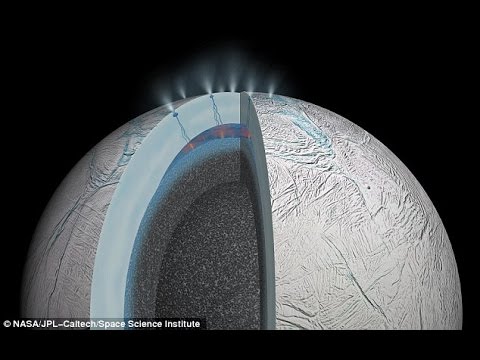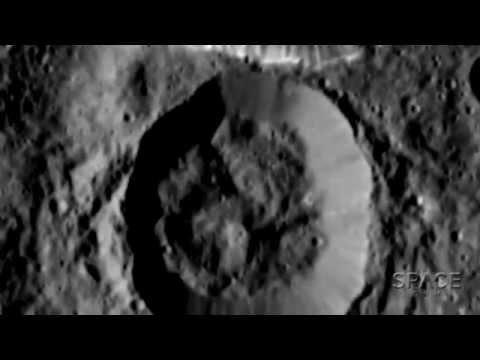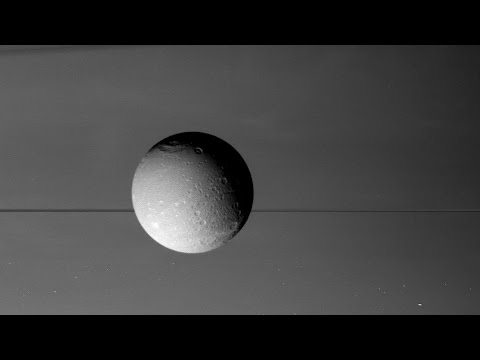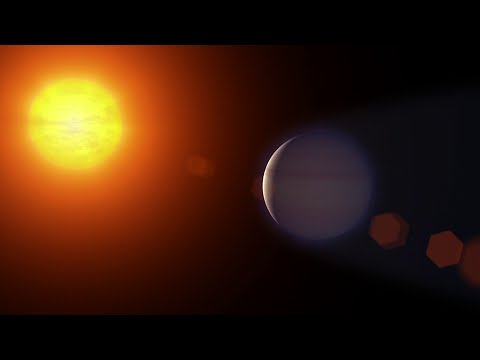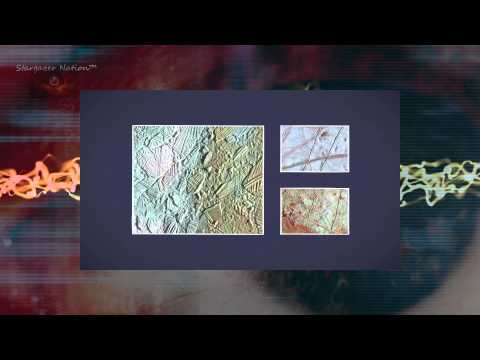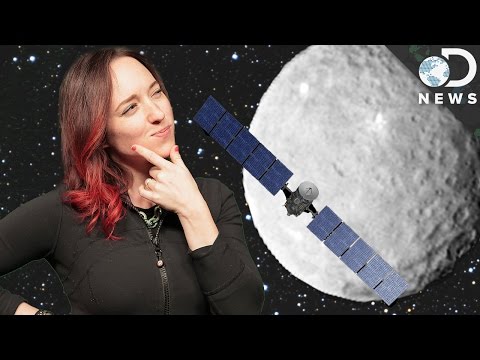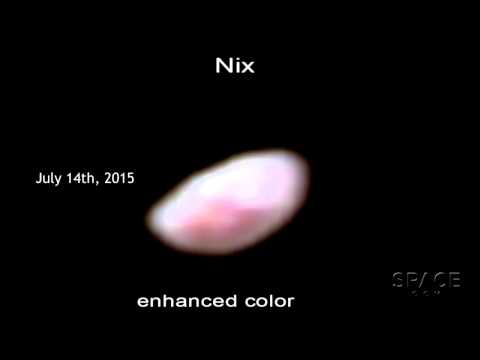Category: The Solar System
A new ice cloud was discovered around Titan’s south pole, in its stratosphere. It makes scientists think that the winter on Titan begins. According to them, Titan’s annual season lasts about 7 years, and...
According to the latest data from the New Horizons spacecraft, Pluto’s moons – Charon, Hydra, Nix, Kerberos, and Styx – show extraordinary behavior that has not been seen in any of the moons in...
According to astrophysicists at the University of Toronto, there was a fifth giant gas planet in our Solar System four million years ago. They explain their evidence in a paper published in the Astrophysical...
On October 28th, NASA’s Cassini spacecraft will dive into Enceladus’ liquid plumes to investigate and collect the evidence of its hidden ocean.
This video represents a simulated flyover of the Pluto’s most famous moon, Charon. As NASA’s New Horizons spacecraft continues to send new images of Pluto and its moons, we begin to put together the...
It seems that no one has expected to find the presence of water, neither of a blue sky, on any object in a darkness of the Kuiper belt area. However, the latest images of...
Before July 2015, all information we get from Pluto were collected by Hubble Space Telescope. Until recently, we were not able to peek into the intriguing world of ice and dark, the mysterious world...
This video represents virtual flyover Pluto and consists of its latest images that show its icy surface. We can enjoy a view of its icy mountain range, heart-shaped Tombaugh Regio, and many ridges, mountains,...
NASA’s New Horizons spacecraft has released the clearest image of Pluto’s moon, Nix that was taken on July 14th. This moon is discovered in 2005 and represents the tiniest of the four Pluto’s moons.
In July, NASA’s New Horizons spacecraft has captured many images of dwarf planet Pluto during its last fly-by. These images show a variety of landform on Pluto’s heart-shaped region, known as the Tombaugh Region
Saturn’s moon, Enceladus, hides a liquid ocean beneath its surface that baffles scientists for years. According to a new theory, they believe that Enceladus has a ‘fluffy’ core, the core compounded of boulders and...
In this video, we can see the latest images of Ceres’ Surface captured by NASA’s Dawn spacecraft. The image that reveals a conical mountain on Ceres was captured from a distance of 1,470 km...
NASA’s Cassini mission is nearing its end, and it surprises us once more with these beautiful images of Saturn’s moon, Dione. The new image was taken from a distance of 68,000 miles from Dione....
Icy rocks, grouped into a cluster in the Kuiper Belt, have baffled scientists for years. It is considered that the cluster, known as ‘kernel’, consists of primordial debris from the big gas planet that...
Some time ago, scientists have found out that Europe, one of the four Jupiter’s moons, has much more than our planet. This is especially astonishing because Europe is smaller in size than our moon....
This animated video represents a compilation of images of a dwarf planet Ceres, taken by NASA’s Dawn spacecraft. The animation reveals Occator crater and its famous bright spots in more detail than we were...
In this video, Amy Shira Teitel from DNews reminds us on the latest findings on Ceres. NASA’s Dawn mission reveals two bright spots on its surface with different temperature. The latest news reveals the...
NASA’s New Horizons spacecraft continues sending images of Pluto and its surrounding. These images display two moons from Pluto’s family – Nix and Hydra – which we know so far as the two tiny...


